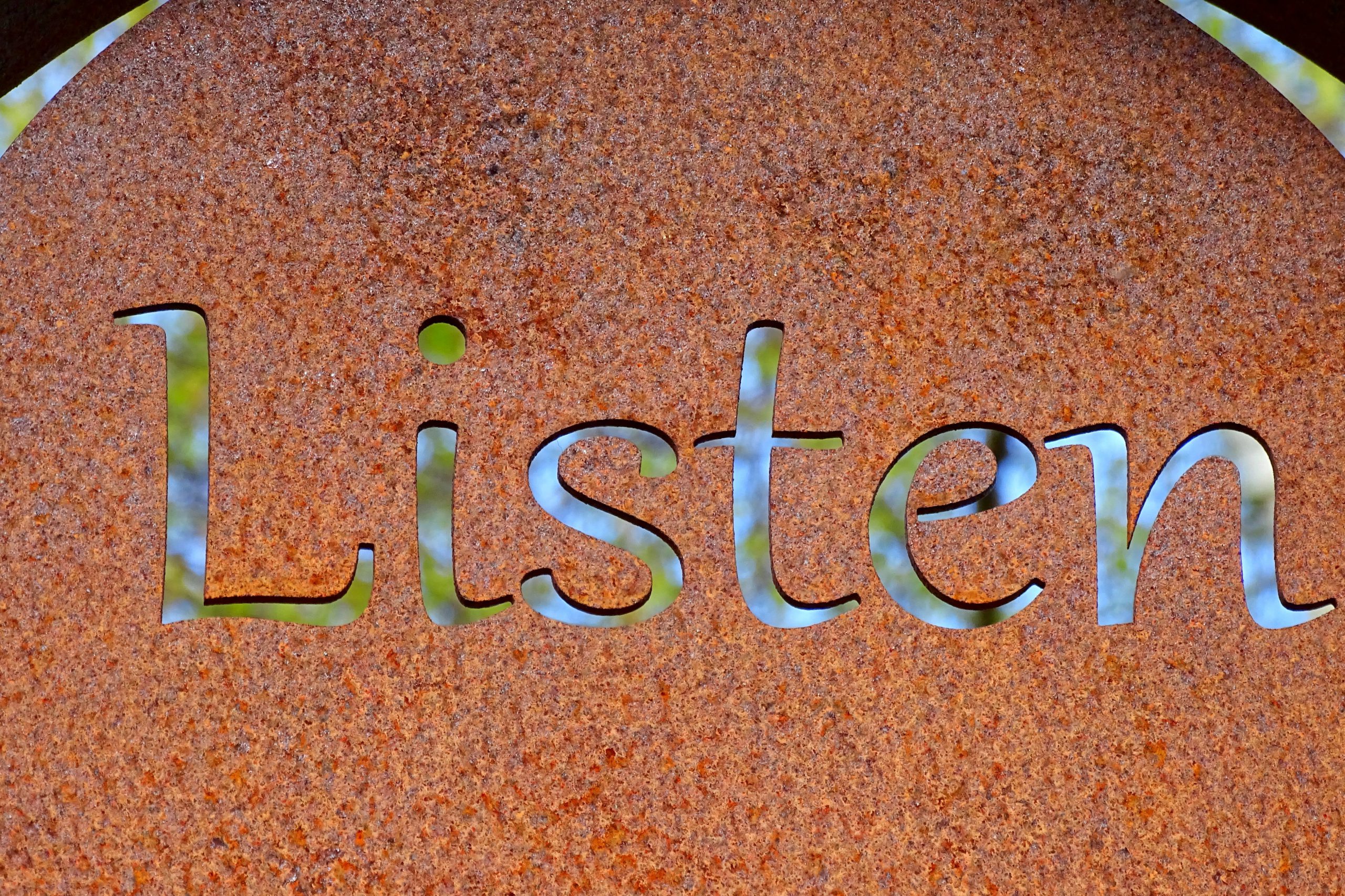
July 9, 2021
By: Aiden Mehak, Therapist, PhD Candidate
You often hear people talking about feeling fat. But when you stop to think about it, fat isn’t actually a feeling. Joy, anger, sadness, and fear are all examples of emotions – temporary mind states that relate to our current thoughts, circumstances, and interactions with other people. The word fat describes a physical characteristic. If you reflect on times you’ve “felt” fat, you will probably notice these feelings come and go much faster than your body weight can change. We know that fat isn’t a feeling and “feeling” fat changes too quickly to reflect our true weight. So, why is it that so many of us use “fat” to describe a feeling and understand exactly what others mean when they tell us that they feel fat?
Therapists working with people with eating disorders have puzzled about how to respond to their clients’ fat “feelings” for at least 50 years (Bruch, 1978). One leading treatment for eating disorders, cognitive behaviour therapy, helps clients to address this feeling because it can get in the way of treatment progress. This is because when we “feel” fat, it’s typically experienced as uncomfortable or negative, so our automatic response is to try to do something to change it. Especially in people who are struggling with eating, this can mean engaging in eating disorder behaviours, like decreasing calorie intake to try to “feel” thinner or binge eating to distract from the negative “feeling” (Fairburn, 2008; Mehak & Racine, 2020). What we didn’t know until recently is just how common it is for people who don’t have eating disorders to “feel” fat, too. Recent research shows that most people have “felt” fat in their lifetime, whether or not they have any disordered eating (Cooper et al., 2007).
So what’s “feeling” fat all about if it’s not a feeling? When we work to help clients with “feeling” fat in therapy, we usually think of it as a substitute for other unpleasant feelings. If we are having several negative emotions all at once – for example, guilt, sadness, and grief – we might have trouble knowing what to do with this barrage of negative feelings. So as a way of coping, our mind combines them all into one experience – that’s where we get the “feeling” of fatness. Sometimes “feeling” fat can be triggered by physical sensations, too. These tend to be physical experiences that draw our attention to our bodies, like feeling hot and sweaty on the Métro, with the movement of the train drawing our attention to how some parts of our bodies might jiggle (Fairburn, 2008).
Luckily, by reading this, you’re already well on your way to using the skills that we teach clients to reduce “feeling” fat. One of the most important parts of dealing with this “feeling” is learning about it. Once you have this knowledge, try using these tips to handle “feeling” fat when it comes up:
It might be difficult to catch yourself in the moments you “feel” fat, especially at first. That’s normal! This is probably the first time you’re trying to challenge this experience and peek at the feelings that are underneath it. Like any skill, it gets easier and more natural with practice. Don’t expect perfection and be compassionate with yourself if you slip into old habits.
(1) Bruch, H. (1978). The golden cage: The enigma of anorexia nervosa. Harvard.
(2) Cooper, M. J., Deepak, K., Grocutt, E., & Bailey, E. (2007). The experience of ‘feeling fat’ in women with anorexia nervosa, dieting and non-dieting women: An exploratory study. European Eating Disorders Review, 15(5), 366–372. https://doi.org/doi:10.1002/erv.785
(3) Fairburn, C. G. (2008). Cognitive behavior therapy and eating disorders. Guilford Press.
(4) Mehak, A., & Racine, S. E. (2020). Understanding “feeling fat” and its underlying mechanisms: The importance of multi-method measurement. International Journal of Eating Disorders. https://doi.org/10.1002/eat.23336